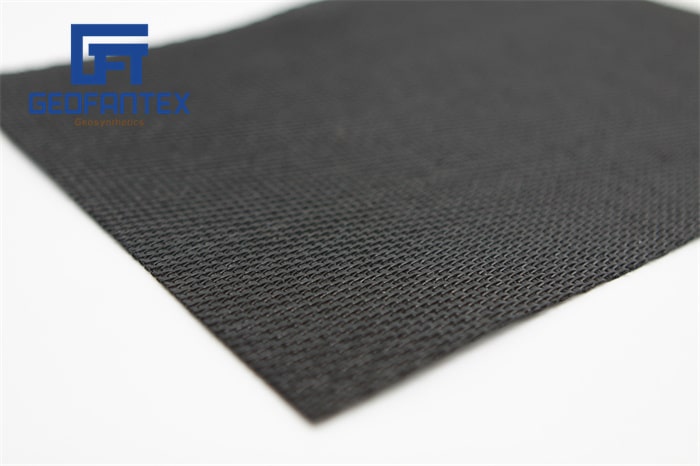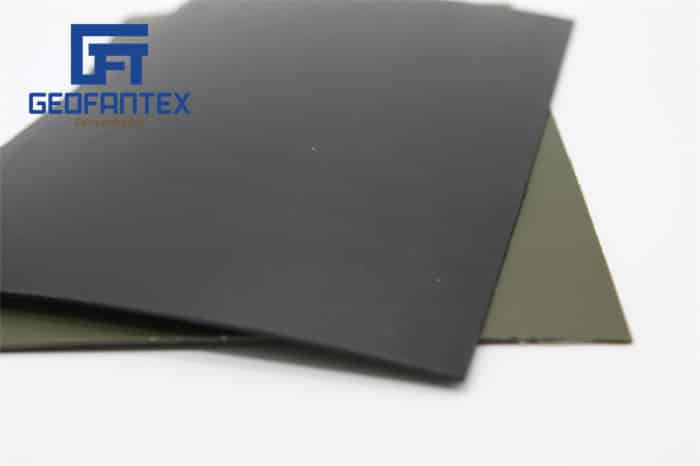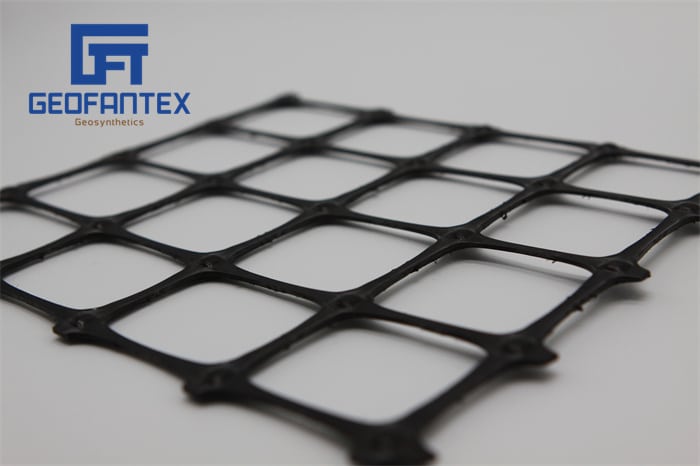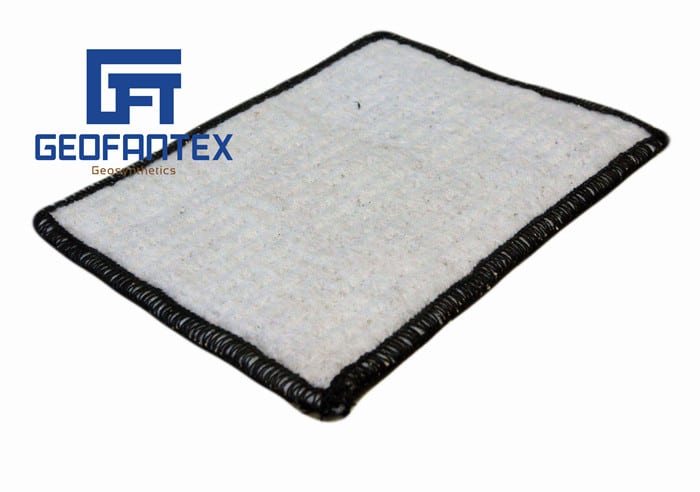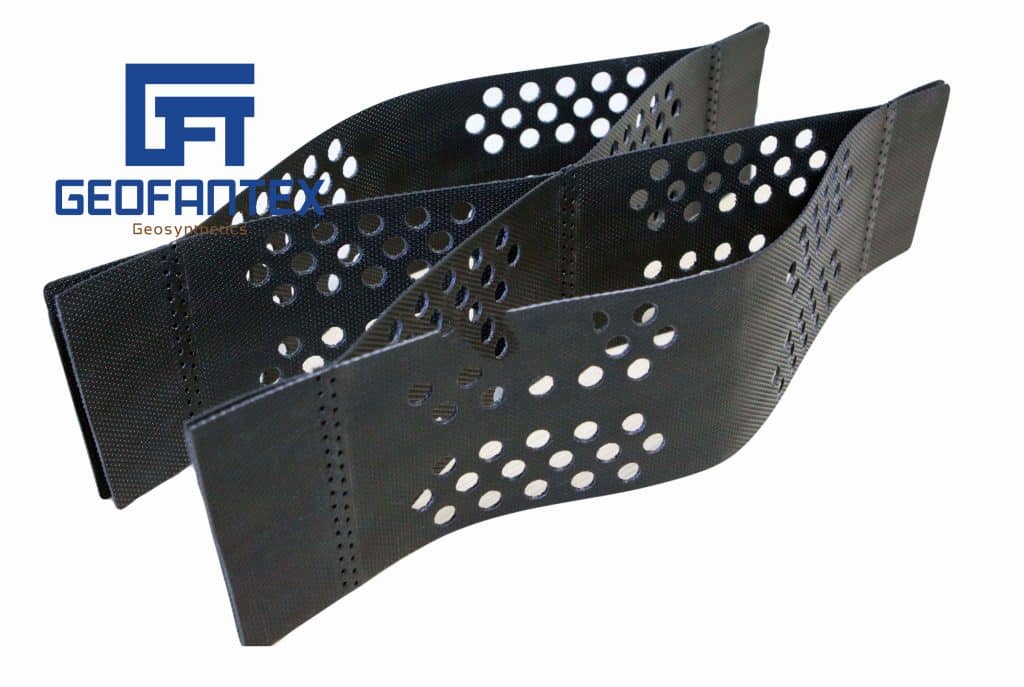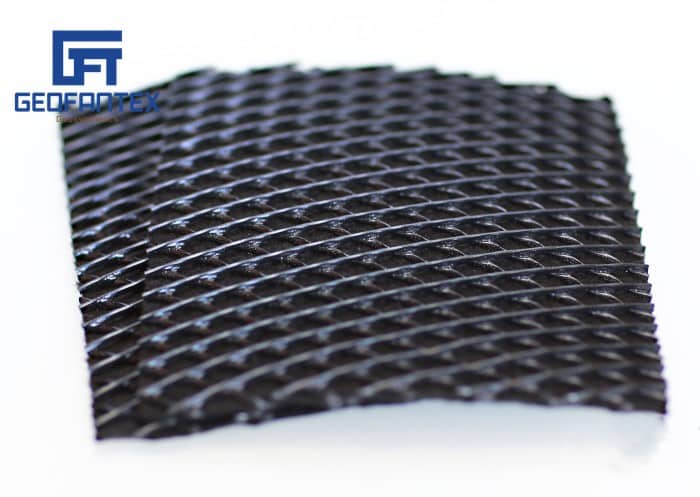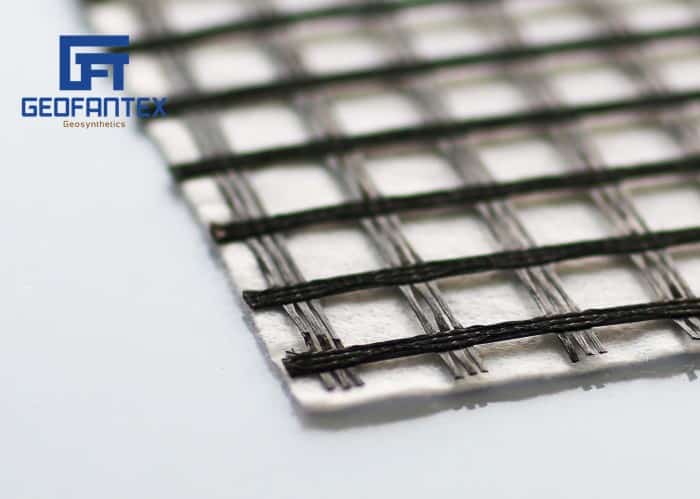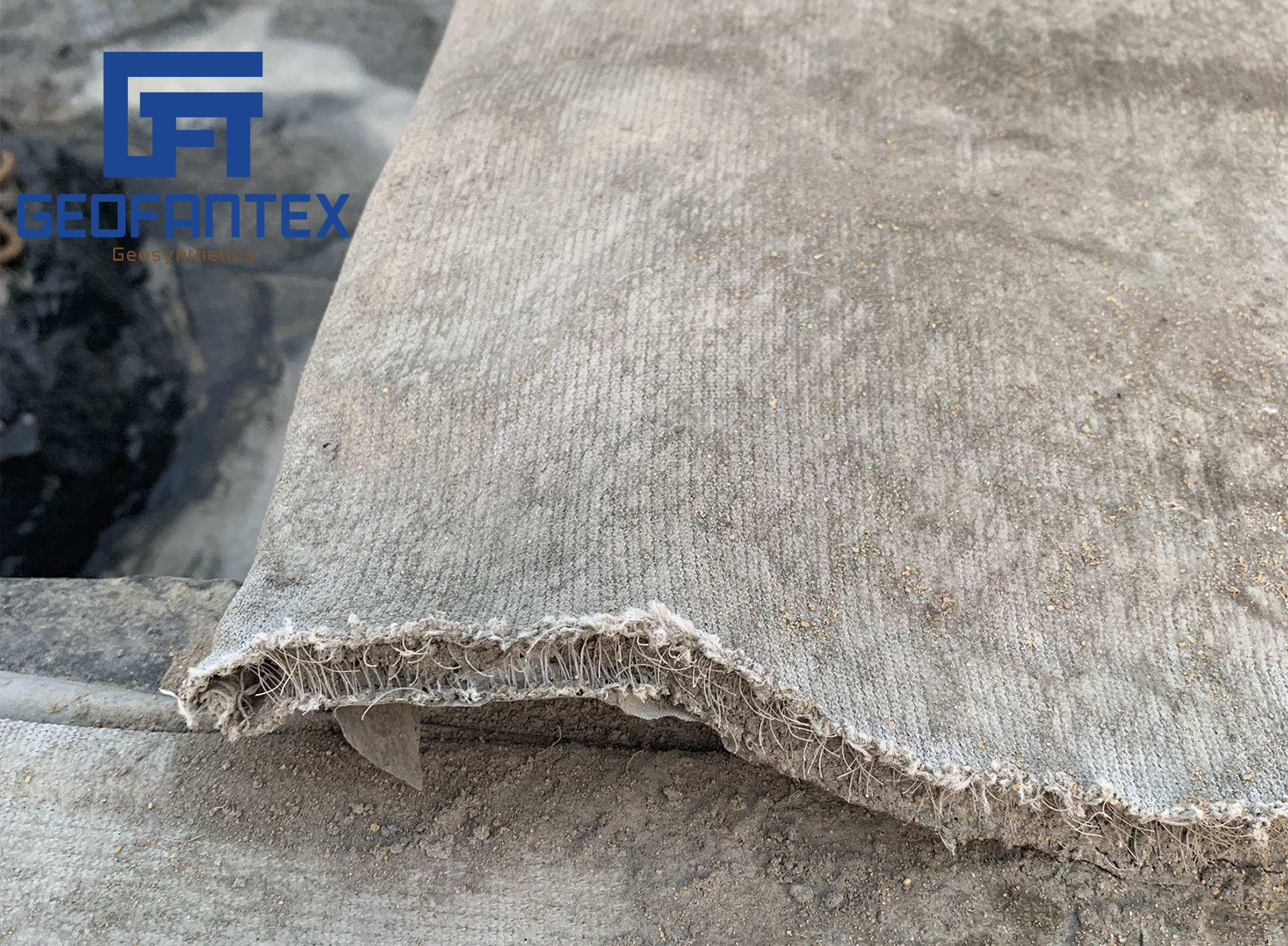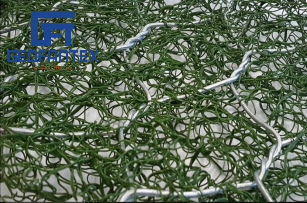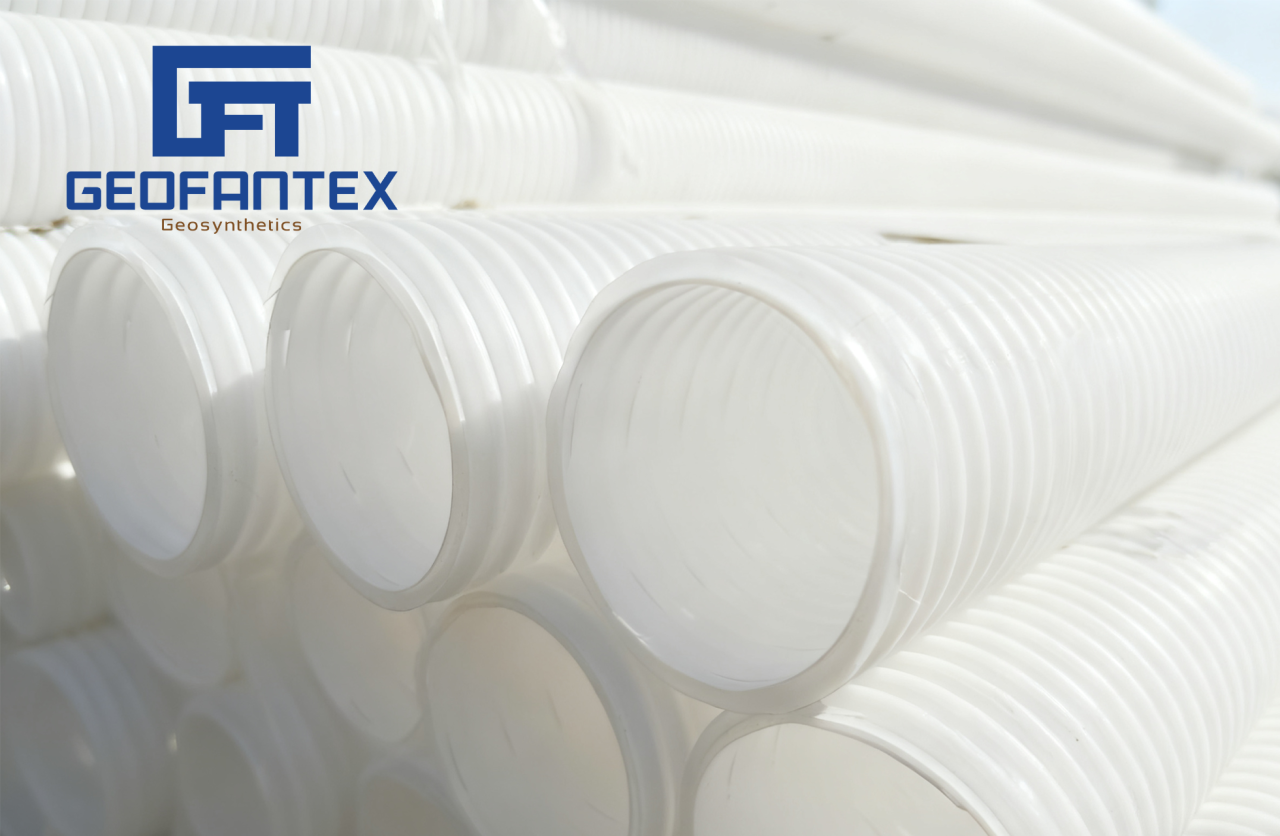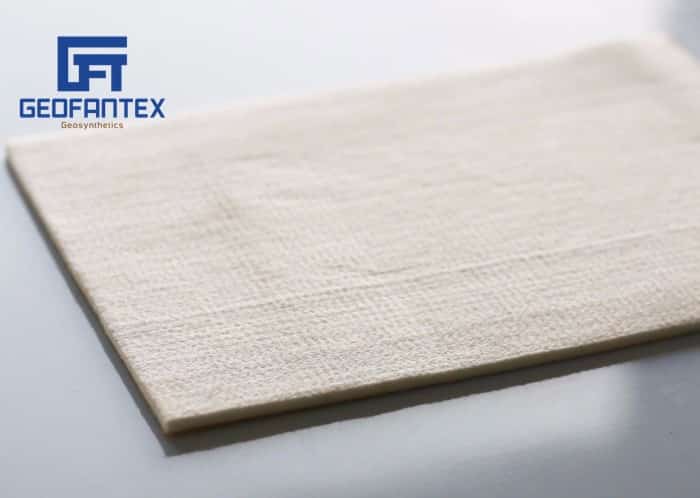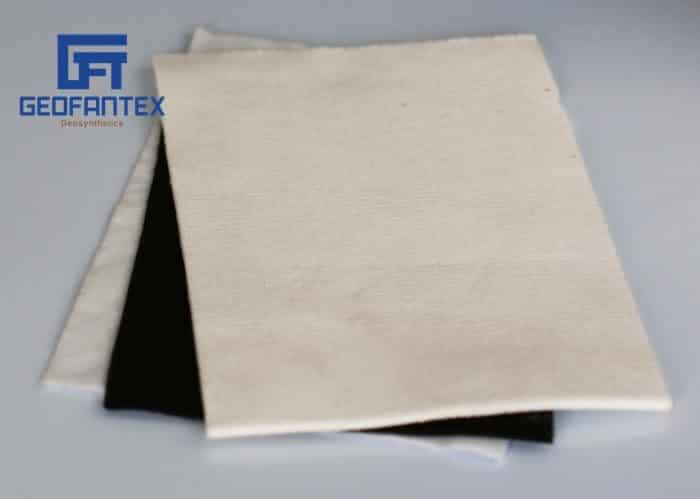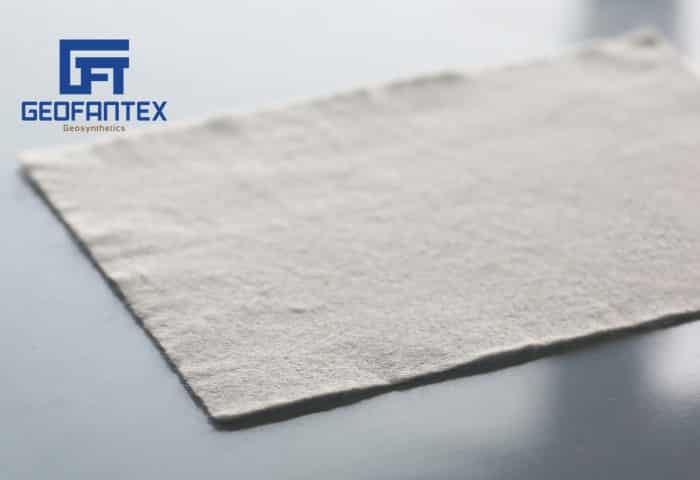+86-159 9860 6917
info@geofantex.com
geofantex@gmail.com
+86-400-8266163-44899
The use of polypropylene geomembrane has become increasingly vital in the geosynthetics industry due to its durability, chemical resistance, and versatility. This article explores key questions about polypropylene geomembrane and its significance in various engineering and environmental projects.
What is a polypropylene geomembrane, and how is it used in geosynthetics?
A polypropylene geomembrane is a synthetic membrane made from polypropylene resin, designed to act as a barrier for fluid or gas containment. It is widely used in geosynthetics for applications such as landfill liners, wastewater treatment ponds, mining containment, and agricultural water reservoirs. Its robust chemical resistance and mechanical properties make it suitable for harsh environmental conditions. Compared to other geomembranes like HDPE, polypropylene offers enhanced flexibility and UV resistance, making it ideal for complex installations.
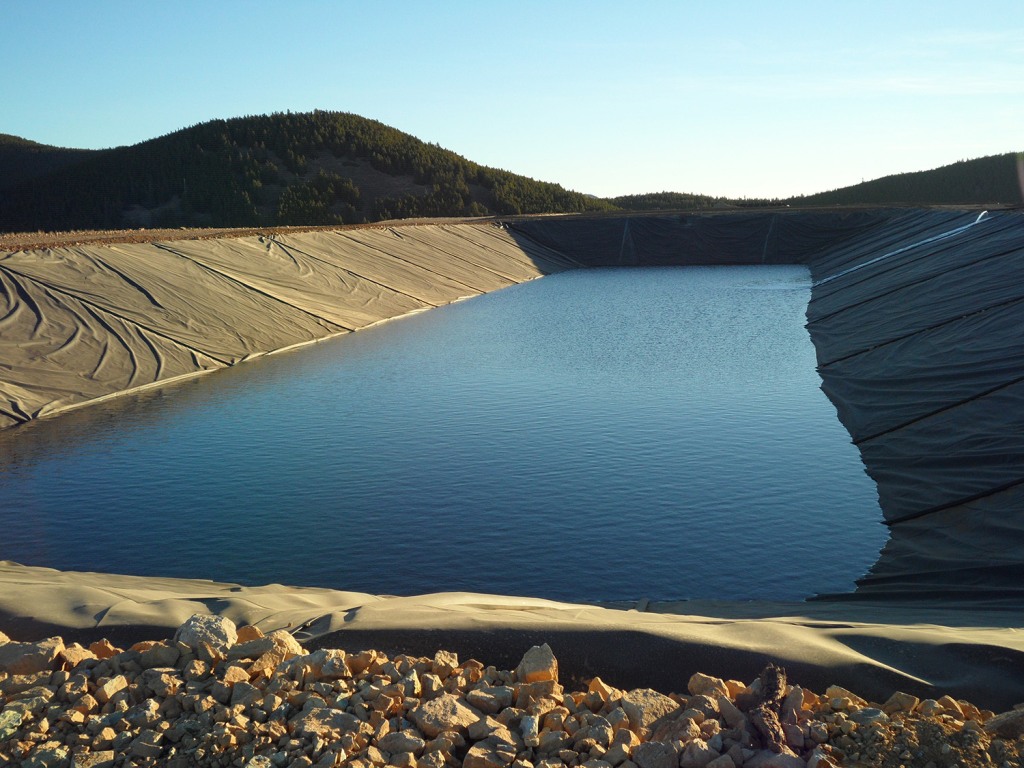
What advantages does polypropylene geomembrane offer over other geomembrane materials?
The key advantages of polypropylene geomembrane include superior chemical resistance, especially against hydrocarbons and acidic environments, excellent thermal stability, and resistance to microbial degradation. This geomembrane type provides a lighter-weight alternative with high tensile strength and elongation capabilities, facilitating easier handling and installation. According to industry reports, polypropylene geomembranes can reduce installation time by up to 20% compared to HDPE geomembranes.
In which industries is polypropylene geomembrane most commonly applied?
The primary industries using polypropylene geomembrane include waste management, mining, agriculture, and water resources. Landfills rely on these geomembranes for effective containment of leachate and prevention of groundwater contamination. In mining, they serve as liners for tailings ponds and heap leach pads. Agricultural applications include irrigation canals and ponds where water loss must be minimized. Furthermore, their use in water reservoirs supports sustainable water management efforts. The global demand for polypropylene geomembranes in these sectors is projected to grow at an annual rate of 7.5% from 2023 to 2030.

What are the environmental benefits of using polypropylene geomembrane in geosynthetics?
Using polypropylene geomembrane significantly improves environmental protection by preventing soil and groundwater contamination. Its impermeability ensures hazardous substances remain contained, reducing ecological risks. Additionally, polypropylene’s recyclability and resistance to degradation extend the lifespan of installations, minimizing waste. This aligns with increasing regulations requiring sustainable construction practices. Studies show that geomembrane-lined landfill systems can reduce groundwater contamination risk by over 90% compared to unlined systems.
In summary, polypropylene geomembrane plays a critical role in advancing geosynthetics applications across various industries, combining durability, environmental safety, and cost-efficiency. Its growing adoption is supported by strong industry data, highlighting its value in sustainable engineering solutions.
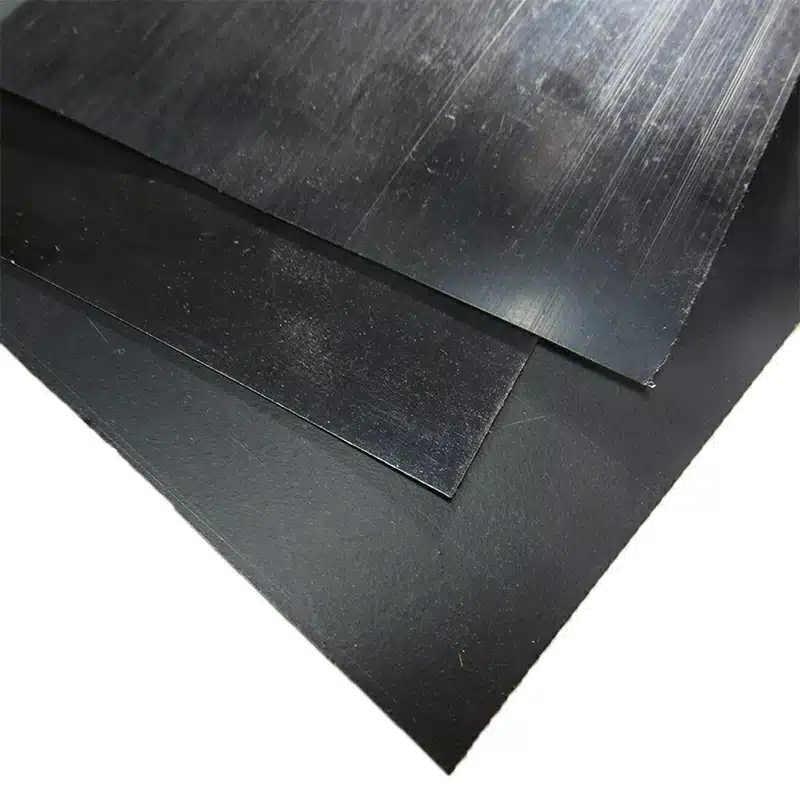

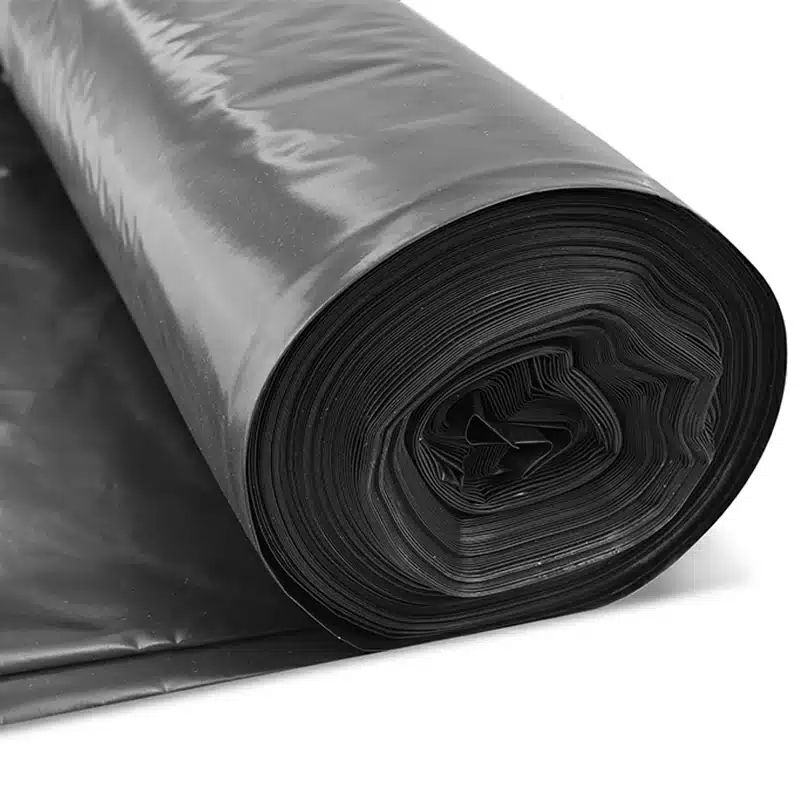
Get Free Sample
We’ll respond as soon as possible(within 12 hours)


